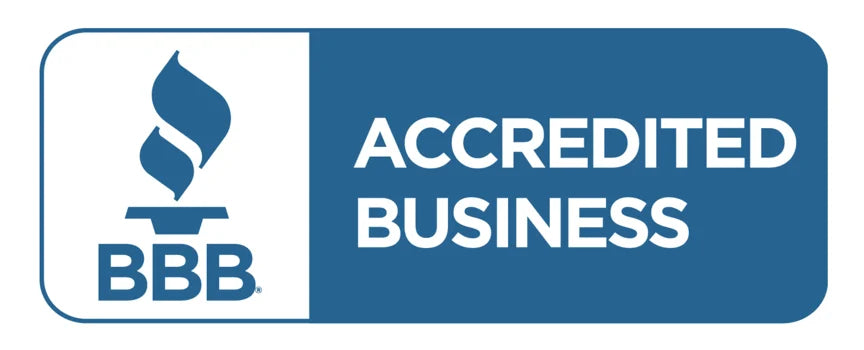The hearing aid industry in the United States is undergoing a transformative shift — from one-size-fits-all solutions to personalized hearing technology tailored to individual needs. Modern hearing devices now leverage data, Artificial Intelligence (AI), and digital connectivity to deliver sound experiences designed uniquely for each wearer. This personalization is not just a technological advancement; it’s a reimagining of how hearing care is approached in the US, where comfort, clarity, and customization are paramount for users of all ages.
The Shift from Traditional to Personalized Hearing Care
For decades, hearing aids were limited in functionality, offering only basic amplification without truly addressing the user’s environment or preferences. Today’s hearing technology, however, goes far beyond simple volume adjustments. With the integration of smart sensors, AI algorithms, and app-based controls, users can now experience sound tailored to their exact lifestyle and listening situations. This evolution is a result of both consumer demand for better experiences and technological breakthroughs that make hearing aids more intelligent, adaptable, and user-friendly.
Understanding Personalized Hearing Technology
Personalized hearing technology focuses on creating a hearing experience that adapts to the user’s specific hearing profile, daily environments, and sound preferences. Through advanced diagnostic tools and real-time learning capabilities, these devices analyze thousands of acoustic scenarios to deliver optimized sound output. Whether a person spends most of their time in quiet meetings, outdoor environments, or crowded restaurants, their hearing device can automatically adjust to ensure natural, comfortable hearing across all situations.

The Role of Artificial Intelligence and Machine Learning
Artificial Intelligence has become the backbone of personalized hearing care. AI-powered hearing aids use machine learning to recognize listening patterns and adapt over time. For example, if a user frequently adjusts volume levels in certain situations, the device learns from that behavior and automatically makes similar adjustments in the future. This results in a seamless and effortless hearing experience. Many leading brands in the US, such as Starkey, Phonak, and Signia, have incorporated AI-driven personalization into their devices, setting a new benchmark for hearing performance.
Benefits of Personalized Hearing Solutions
One of the most significant advantages of personalized hearing technology is its ability to improve speech clarity while reducing background noise. Instead of amplifying all sounds equally, these devices intelligently prioritize speech and suppress unwanted noise. Additionally, personalized hearing aids provide comfort through customized fitting, sound preferences, and feedback management. Users report less listening fatigue, better comprehension in conversations, and a more natural sound experience that feels closer to normal hearing.
Integration with Smart Devices and Apps
In today’s connected world, hearing aids are no longer standalone devices. Most personalized hearing solutions now sync with smartphones, smart TVs, and other Bluetooth-enabled gadgets, offering seamless control at the user’s fingertips. Through companion apps, users can fine-tune their hearing settings, track device usage, and even communicate with audiologists remotely. This remote fine-tuning feature has become particularly valuable in the US, where telehealth services are expanding rapidly, allowing patients to receive expert care without frequent clinic visits.
Custom Fitting and Ear Scanning Technology
Personalization extends beyond software — it also applies to the physical design of the device. Modern hearing aids use 3D ear scanning and digital ear impressions to create custom-fit shells that match the unique shape of the wearer’s ear. This ensures better comfort, minimal feedback, and enhanced acoustic performance. For many US users, especially children and active adults, custom fitting has become essential for ensuring both functionality and comfort in their daily routines.
Personalized Sound Profiles for Different Lifestyles
Every individual’s lifestyle influences their hearing needs. Personalized hearing technology allows users to create sound profiles for various situations — work meetings, music listening, outdoor activities, or family gatherings. Advanced hearing aids store multiple profiles and automatically switch between them depending on the environment. This adaptability ensures that users always experience optimal sound without needing to make manual changes throughout the day.
The Impact on Hearing Health and Patient Satisfaction
The move toward personalized hearing care has led to higher patient satisfaction across the US. When individuals receive devices that match their specific hearing requirements, they experience faster adaptation, fewer follow-up visits, and improved quality of life. Audiologists are now focusing on comprehensive assessments that consider not just hearing loss levels but also user behavior, daily habits, and preferences. This holistic approach ensures that the device supports overall well-being, not just sound amplification.
The Role of Data and Analytics in Custom Hearing Care
Modern hearing aids collect anonymized data about listening environments, device usage, and user interactions. This information helps audiologists fine-tune settings and make evidence-based recommendations. For example, if a patient consistently struggles in noisy environments, the data can help pinpoint issues and optimize noise management settings. This data-driven approach is shaping the future of audiology in the US, where technology and healthcare are increasingly merging to deliver proactive, personalized solutions.

The Future of Personalized Hearing Technology in the US
As innovation continues, hearing aids are expected to become even smarter, more predictive, and more health-focused. Future models may integrate biometric sensors that track heart rate, cognitive load, and stress levels, helping users maintain overall wellness. Additionally, advances in AI will enable real-time translation, enhanced speech recognition, and integration with augmented reality (AR) platforms. The US market, with its focus on high-quality healthcare and tech adoption, is leading this transition toward a more connected and personalized era of hearing support.
Conclusion
Personalized hearing technology is redefining what it means to “hear better” in the modern world. By combining advanced AI, custom fitting, real-time adaptability, and seamless connectivity, these devices are offering users a hearing experience designed uniquely for their lifestyle. In the United States, this shift marks the beginning of a new standard in hearing care one that prioritizes individuality, comfort, and innovation. Companies like Buy Hearing Aid continue to lead this transformation, helping Americans experience the power of personalized hearing solutions that truly fit their needs and enhance their daily lives.










